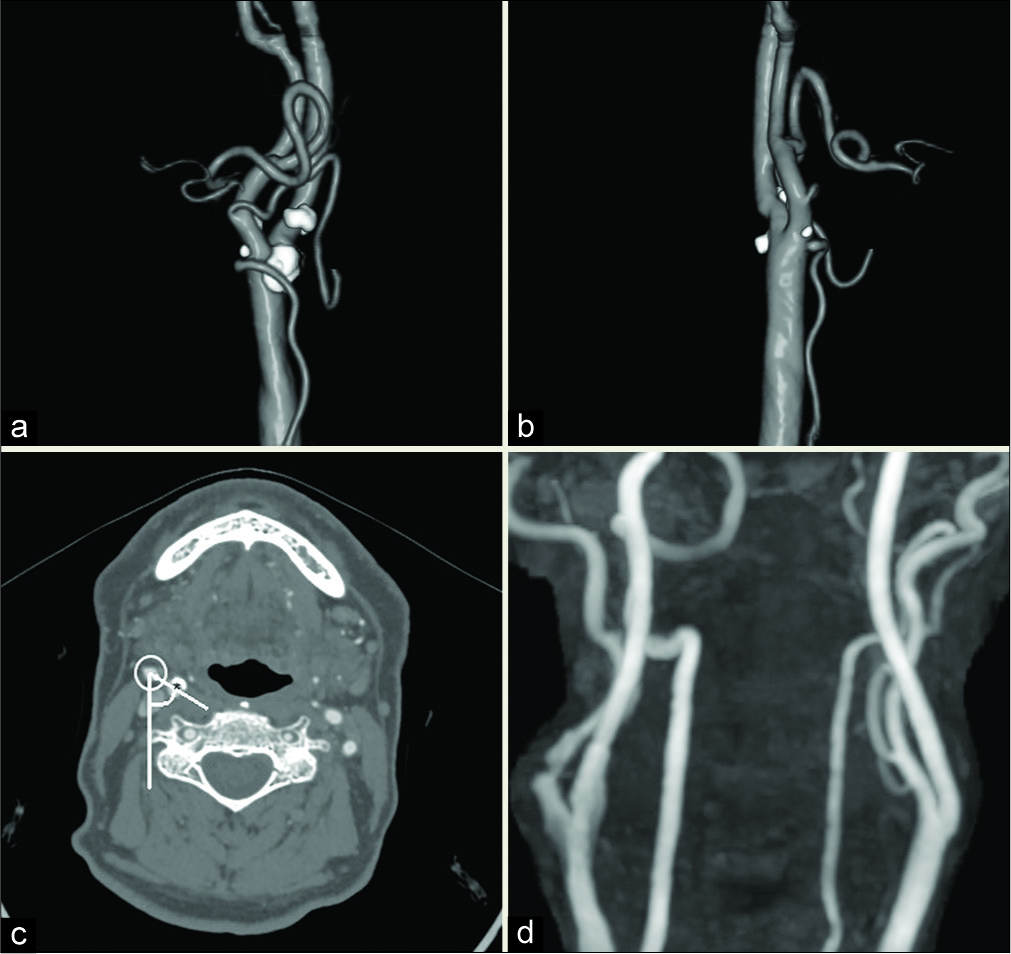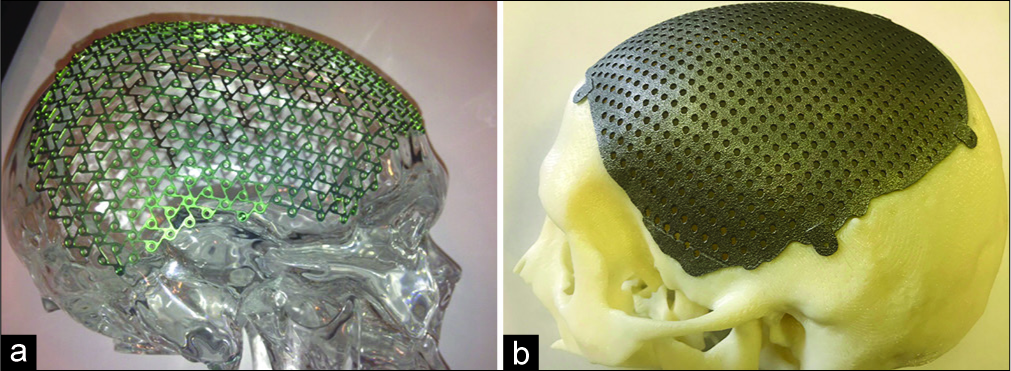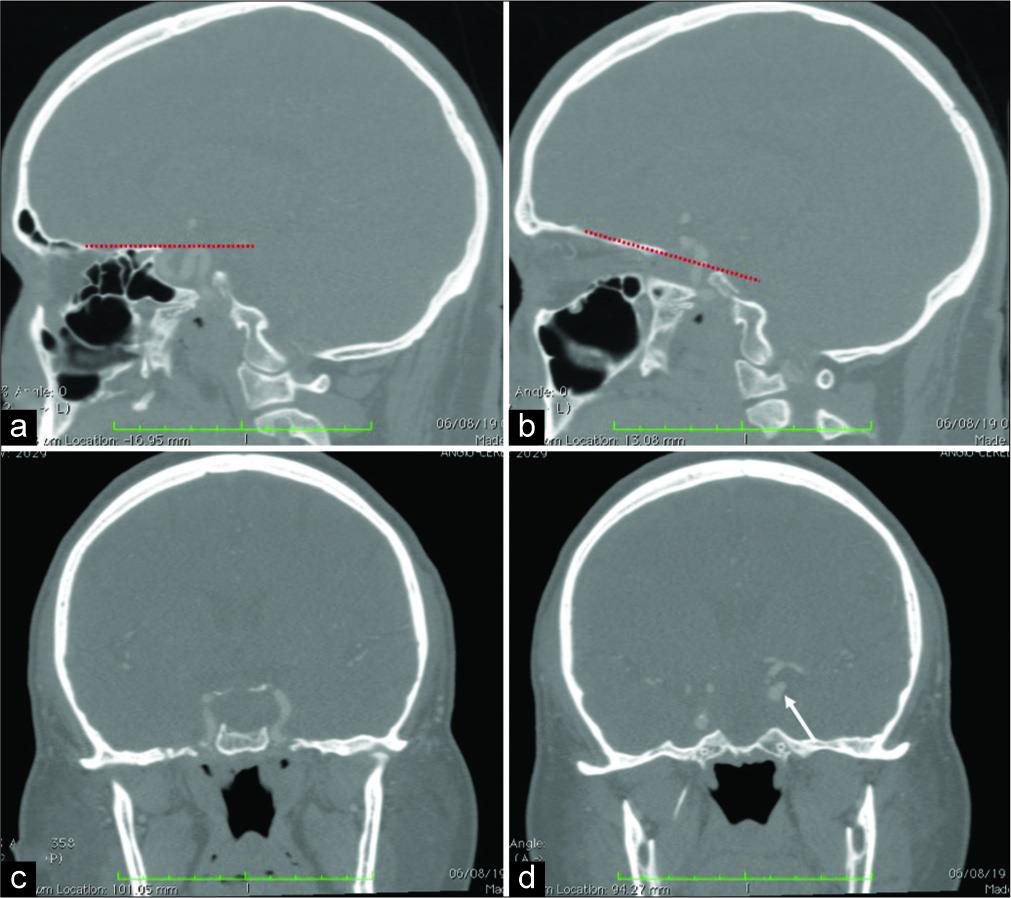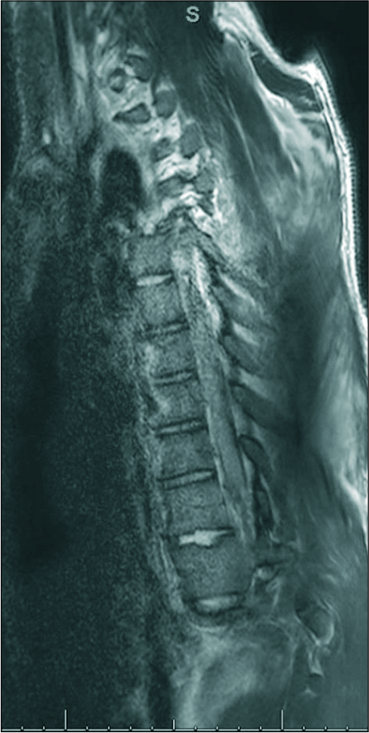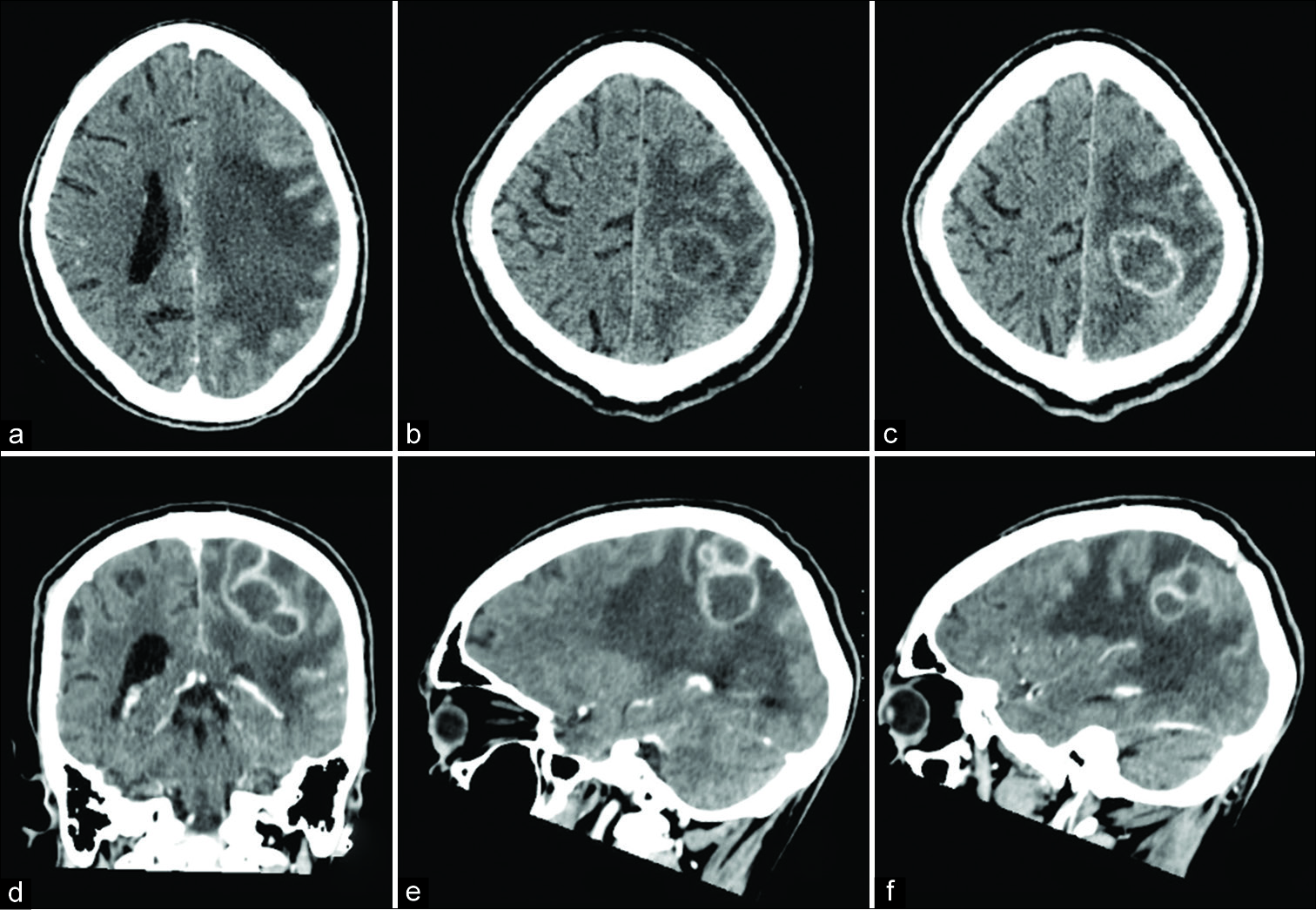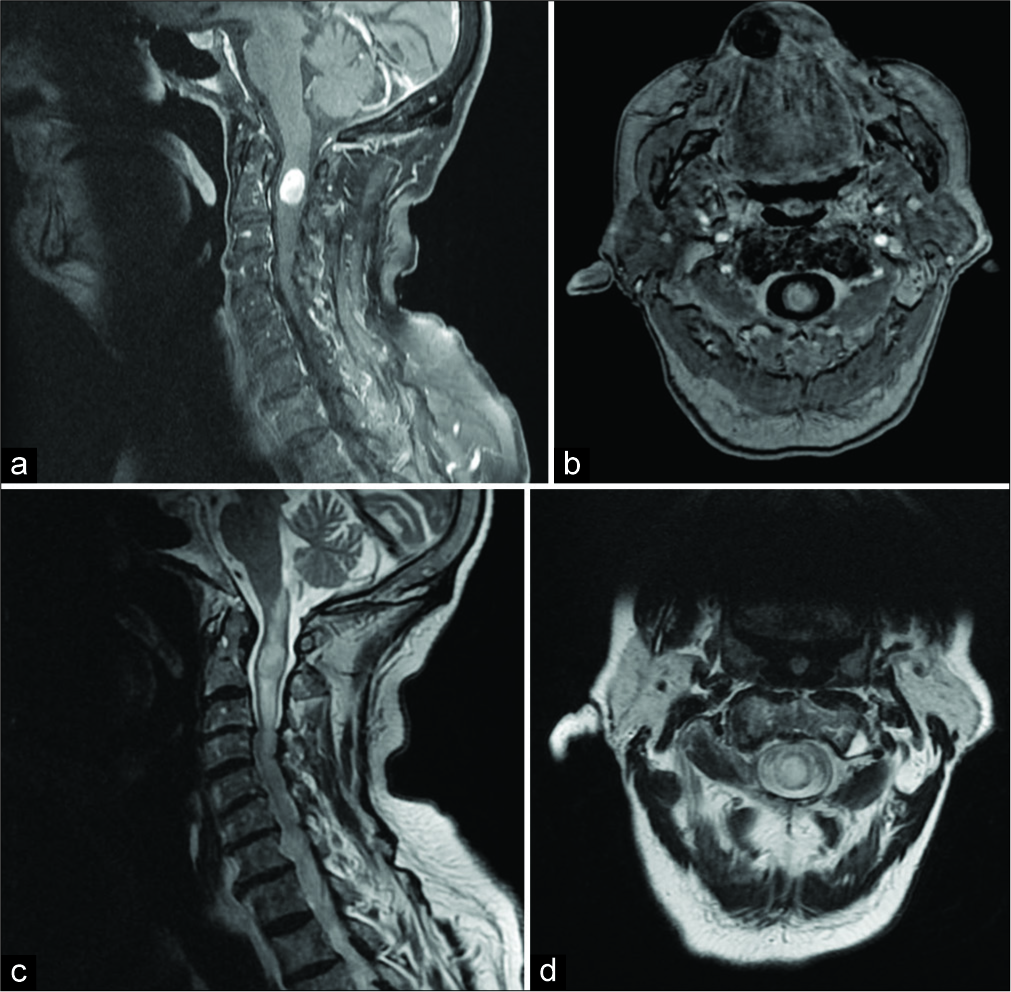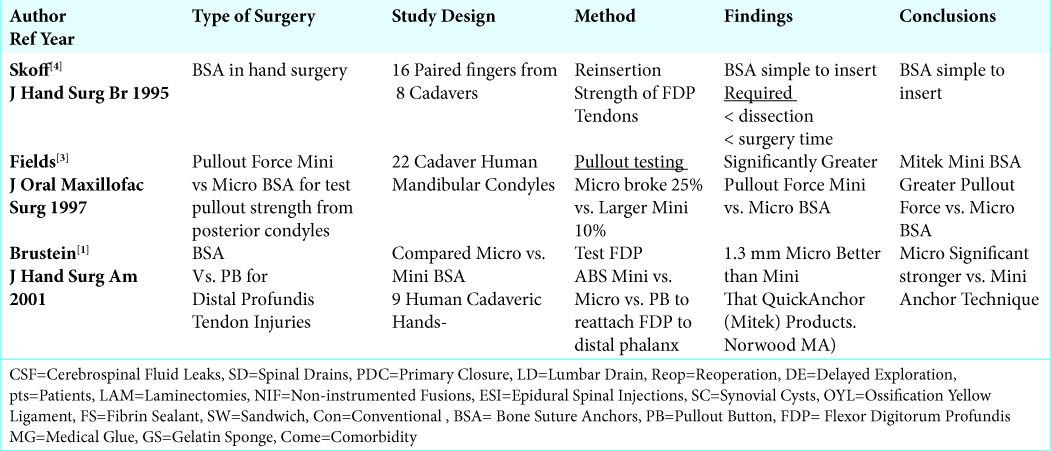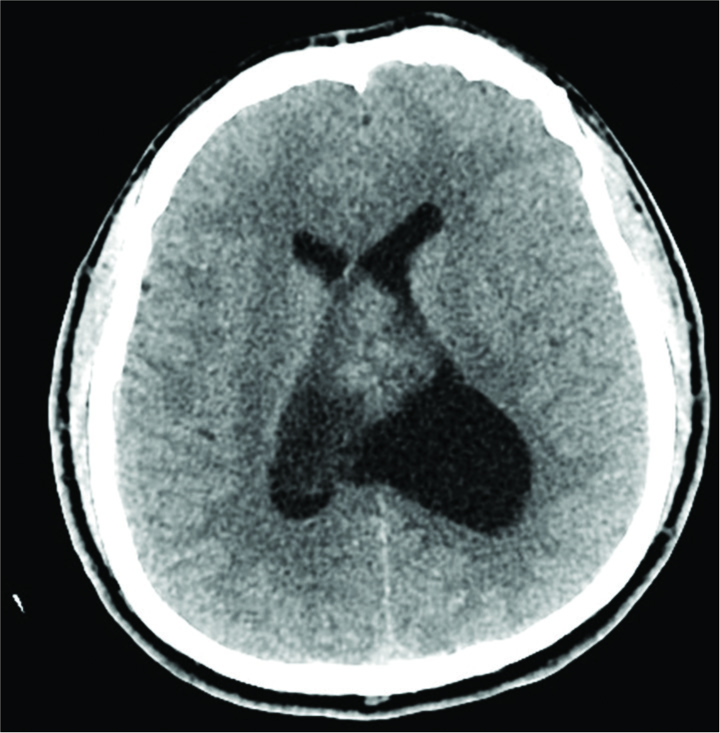Anterior temporal approach for clipping of ruptured basilar tip aneurysms: Surgical techniques and treatment outcomes
Date of publication: 13-Jun-2020
Background: Basilar tip (BT) aneurysms are challenging to treat with microsurgical clipping, especially in subarachnoid hemorrhage cases. The anterior temporal approach is one of the surgical approaches for the treatment of aneurysms in this area. The majority of the previous reports on this approach have described unruptured cases. For the ruptured cases assessed in our study, the authors describe the surgical technique, patient characteristics, and surgical outcomes following the use of this technique.
Analysis of twisted internal carotid arteries in carotid endarterectomy
Date of publication: 13-Jun-2020
Background: The twisted carotid artery is a variant, in which the internal carotid artery (ICA) courses medially to the external carotid artery. Due to the sparse descriptions in the literature, we, here, report our experience with cases of carotid endarterectomy (CEA) for twisted carotid artery and its clinical features.
Comparison of two different titanium cranioplasty methods: Custom-made titanium prostheses versus precurved titanium mesh
Date of publication: 13-Jun-2020
Background: The aim of this study was to compare the results of two different titanium cranioplasties for reconstructing skull defects: standard precurved mesh versus custom-made prostheses.
Report of intradural aneurysm in the cavernous segment of the internal carotid artery presented with subarachnoid hemorrhage and oculomotor palsy
Date of publication: 13-Jun-2020
Background: Aneurysms of the cavernous segment of the internal carotid artery (ICA) do not usually cause subarachnoid hemorrhage (SAH). We report a patient who presented with this condition due to a ruptured aneurysm located on the posterior genu of the cavernous segment, raising the question of what factors could have led to such evolution.
A case of dual three-column thoracic spinal fractures following traumatic injury
Date of publication: 13-Jun-2020
Background: Thoracic spine fracture-dislocations due to motor vehicle accidents (MVAs) rarely involve double- level, noncontiguous lesions.
Isolated neuroparacoccidioidomycosis as a pseudotumoral lesion in the absence of systemic disease
Date of publication: 13-Jun-2020
Background: Paracoccidioidomycosis (PCM) is a systemic, progressive, noncontagious, and often chronic disease caused by the fungus Paracoccidioides brasiliensis that rarely affects the central nervous system (CNS). The condition is usually treated using antifungal drugs, and some cases may require surgery.
Intramedullary craniovertebral junction metastasis leading to the diagnosis of underlying renal cell carcinoma
Date of publication: 13-Jun-2020
Background: Intramedullary spinal cord metastases represent 4–8.5% of the central nervous system metastases and affect only 0.1–0.4% of all patients. Those originating from renal cell carcinoma (RCC) are extremely rare. Of the eight patients described in the literature with metastatic RCC and intramedullary cord lesion, only five were found in the cervical spine. Here, the authors add a 6th case involving an RCC intramedullary metastasis at the C1–C2 level.
Unique Bone Suture Anchor Repair of Complex Lumbar Cerebrospinal Fluid Fistulas
Date of publication: 13-Jun-2020
Background: Spine surgeons encounter occasional complex cerebrospinal fluid fistulas/dural tears (CSF/DT) during lumbar spinal surgery. In some cases, these leaks are found during the index procedure, but others may appear postoperatively, or in the course of successive procedures. Here we asked, whether these complex CSF fistulas/DT could be more readily repaired utilizing a “bone suture anchor” technique, particularly where there is no residual dural margin/remnant.
Supratentorial intraventricular rosette-forming glioneuronal tumors – Case report and review of treatment paradigms
Date of publication: 06-Jun-2020
Background: Rosette-forming glioneuronal tumors (RGNT) are slow-growing WHO Grade I tumors that are characterized by mixed histology and rosette formation. Although typically located in the posterior fossa, these tumors can rarely originate elsewhere. Here, we describe the fourth case in literature where an RGNT was localized to the lateral ventricles and detail the treatment approach.
Fungal mycotic aneurysm in a patient with Aspergillus terreus chronic meningoencephalitis
Date of publication: 06-Jun-2020
Background: Central nervous system involvement due to aspergillosis is an extremely serious entity, particularly in patients with severe neutropenia, hematological diseases, or post-transplant cases. Immunocompetent patients can be infected by intense exposure, particularly iatrogenic after invasive procedures.



